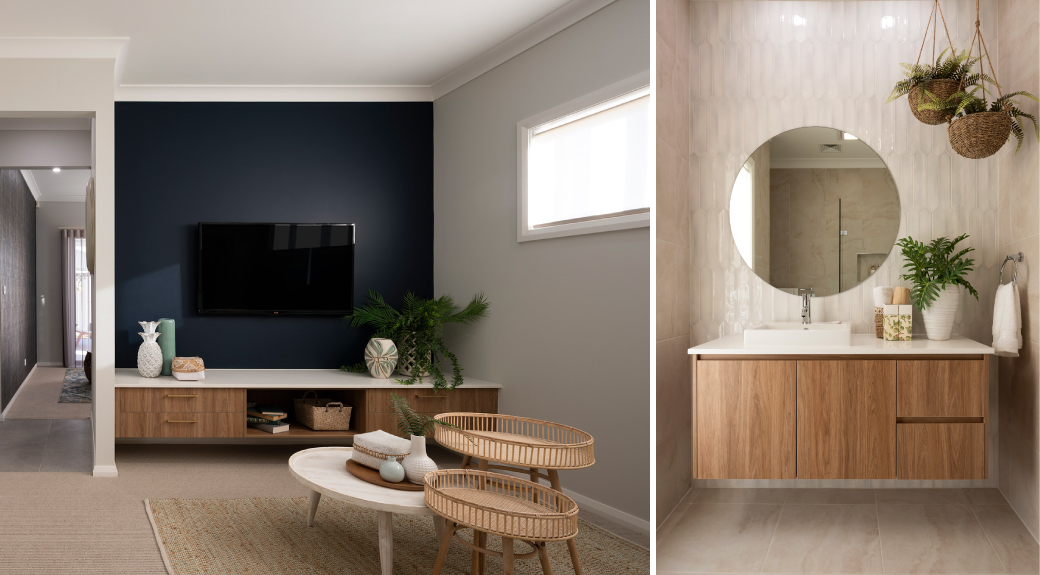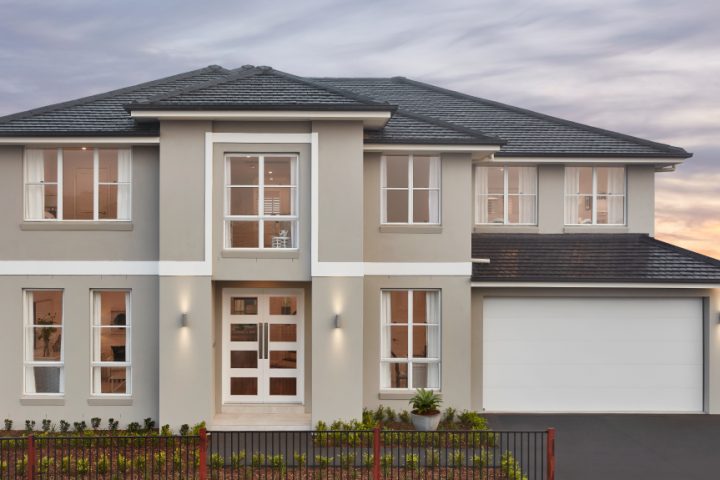Dual occupancy and multi-generational living – Part Two

Dual occupancy and multi-generational living – Part Two
May 12, 2020
In part two of this dual occupancy series, we’ll cover more need-to-know information and outline the different stages of building a home with a granny flat or a duplex.
To start with, keep in mind that even if your block of land has plenty of space it doesn’t automatically mean that a granny flat or duplex can be built. You need to do your research first.
To know your options, the first thing to do is confirm with your local council which dual occupancy living options they allow. This is very important when considering building a home with a granny flat and/or duplexes.
If your council allows your desired option you will then need to understand any local requirements or regulations .
As a general guide, the minimum size land for a duplex is between 500m – 600m with recent regulation changes reducing the width of the land to 12m. In order to build a granny flat, your land must be greater than 450m² – ideally a 15m x 30m block or similar.
It is important to note that each individual council has its own regulations.
Working with a Builder at this time can be a great help as they can help you navigate the processes, certificates and other paperwork required.
Another thing to understand early on is whether you’ll need to subdivide your land. You don’t have to subdivide when you build a home with a granny flat, as it is on the same title as the main house and considered as one property. (Which is why you can’t sell a granny flat on its own.) However, if you are planning on building a duplex and potentially may want to sell the homes separately in the future, subdividing is recommended.
Another important factor to determine at this early planning phase is access to water and electricity.
“Granny flats will generally have their own plumbing. When building your granny flat, it is always advisable to have a separate water and electricity meters. If you are going to rent out your granny flat for investment purposes, this will ensure the billing is accurate for both the main dwelling and the granny flat investment,” said Allworth Homes Director Stephen Thompson.
And speaking of investments, there are a number of benefits in building a brand-new dual occupancy property.
According to Metricon Homes State Sales Manager David Shorten: “Dual occupancy developments can provide an excellent income stream for empty nesters who are looking to downsize their own home and maximise the potential of their block of land. It can also make an excellent investment choice as there’s opportunity for positive cash flow through increased rental yield and rental income.”
NOTE: a granny flat may be rented out only in NSW, Western Australia, the Northern Territory, Tasmania and ACT only.
Once you’ve determined council regulations, subdivisions of land and utilities, the other factors outlined in Part One of this blog [insert link], and have a contract with a Builder, the building stages will begin. Most commonly the key stages of building will be:
Stage One: Site Start
The very first thing your Builder will do is ensure the land where your dual occupancy will be built has been cleared, with soil tests also carried out to help determine the types of materials to be used for your footing/s and slab/s.
Stage Two: Basics and Slab
This stage sees the basics installed for each home, including power and drains followed by the slab/s being poured.
Stage Three: Frame
Once the slab/s have been poured, your Builder will have carpenters on site who will erect frames along with the roof trusses.
Stage Four: Lock-Up
This stage will see your build transform right in front of your eyes, leaving you with a home you can ‘lock up’. This stage is a busy one and includes the addition of windows, gutters, bricks, roof covering and doors.
Stage Five: Fixings
The fixing stage is where your Builder will have all internal fixings installed, including cupboards, basins, baths, flooring, plaster walls, ceilings and stairs.
Stage Six: Completion
As the last phase of the building process, your Builder will now be finalising the little details that make your house a home. From painting and tiling, to external rendering and garage doors, your home will be completed with all your chosen fittings and is almost ready to be moved into with your family and tenants if you are going down that route.
Stage Seven: Settlement
Your Builder will send through a Certificate of Occupancy which you’ll need to forward to your loan provider. Once received, it will send a valuer to inspect your property to ensure it’s built to the highest standard and meets the requirements for the duplex or granny flat build. This certificate confirms that your new home is ready and that all work has been completed as per your contract.
Stage Eight: Move In
This is the most exciting part of your home building journey. Once you’ve settled with your Builder and your loan provider, it’s time to move in! If you’re renting out your granny flat or duplex, now is the time to find a property manager and advertise for tenants.
Currently there are more than 30 building companies within the HomeWorld Group that design and build a range of dual occupancy living solutions. You can contact these Builders through the HomeWorld website to discuss your dual occupancy options, or head to a HomeWorld village and meet with their teams on site. Currently there are homes with granny flats on display at HomeWorld Leppington, Marsden Park and Warnervale.
Feature image: Kurmond Homes – Affinity 37 MK2 – dual living design.
On display at HomeWorld Marsden Park
Other recent blog
Sydney Thunder: HomeWorld Community Grants help Thunder Nation
Thunder Nation have benefited from much needed financial assistance thanks to the HomeWorld Community Grant program Clubs across the Thunder Nation have benefited from much needed financial assistance thanks to the HomeWorld Community […]
Knock Down and Rebuild
Each year we are finding that more and more people are coming out to a HomeWorld display village because they are considering a knock down and rebuild and they want to see what […]

